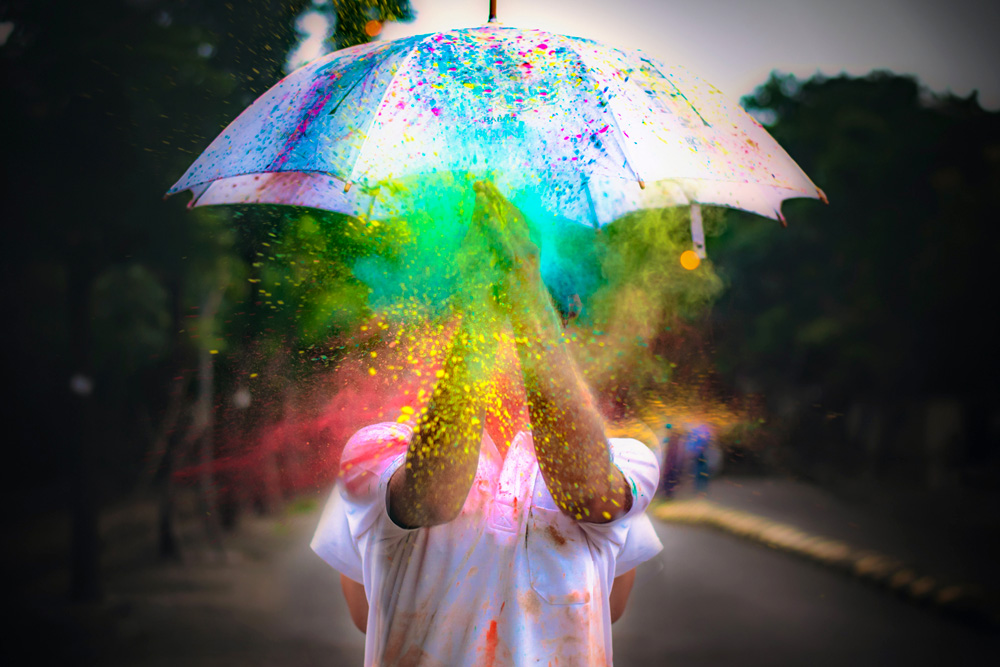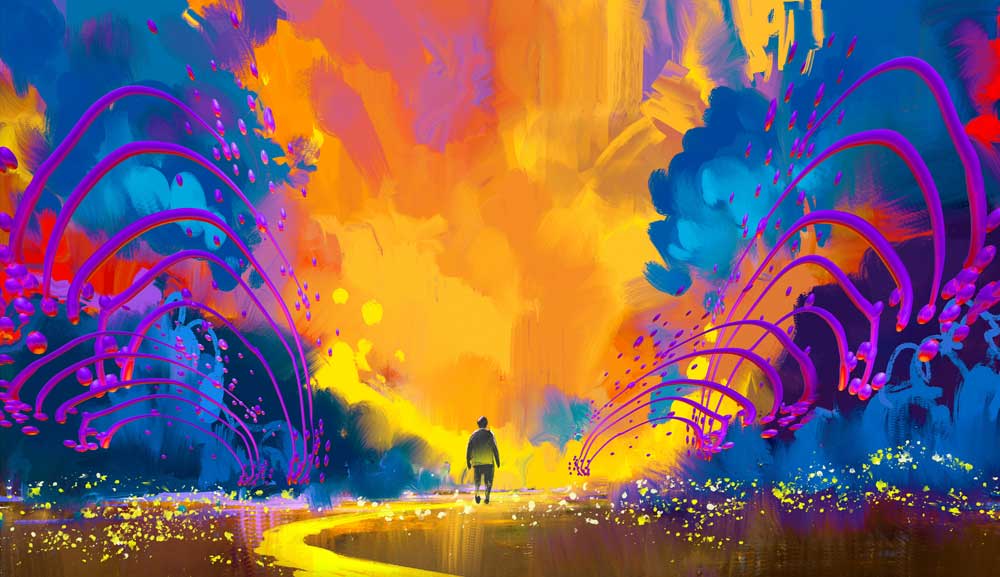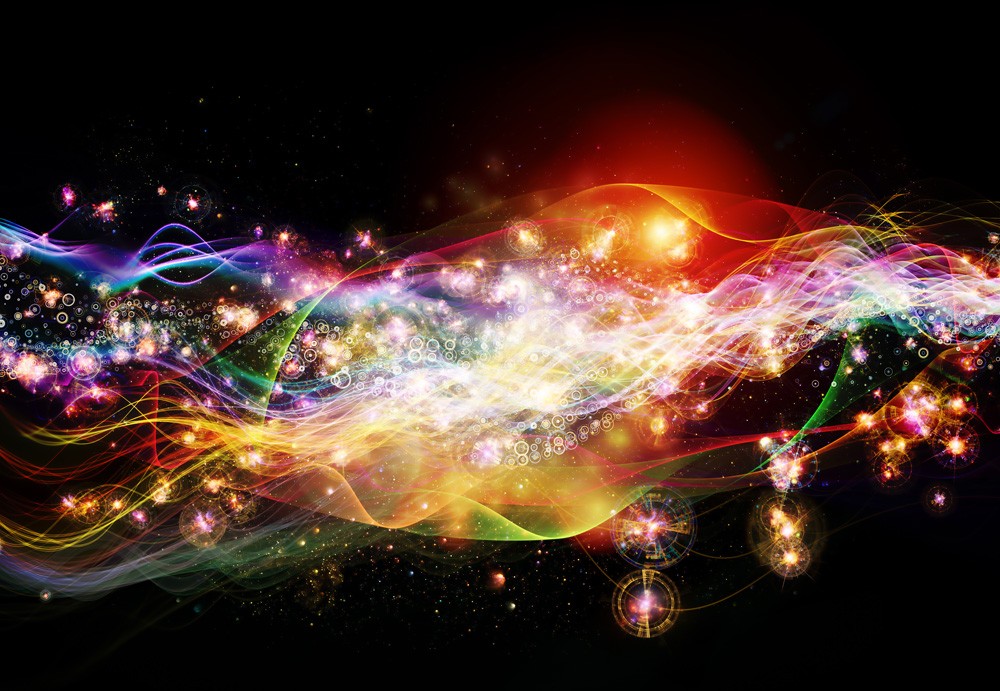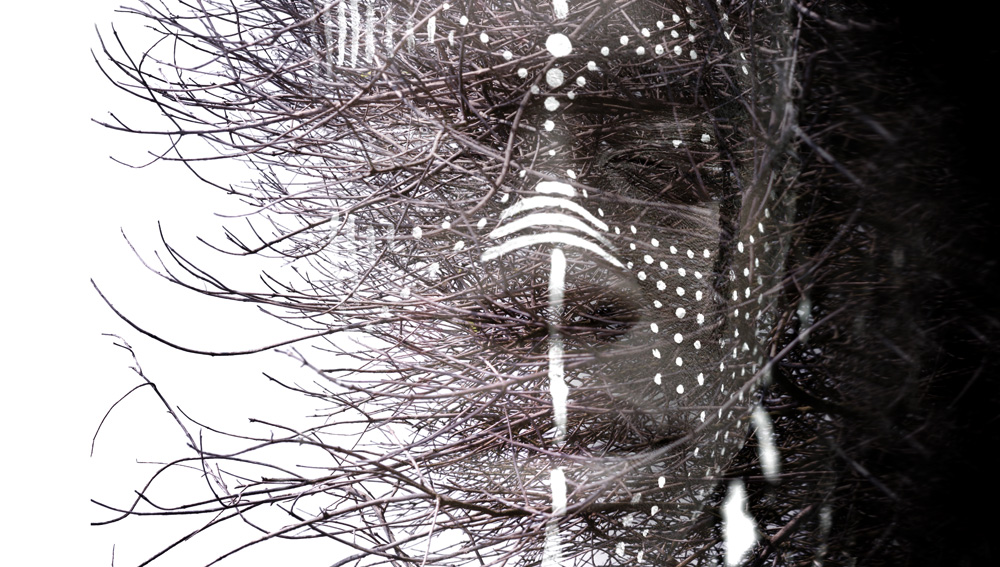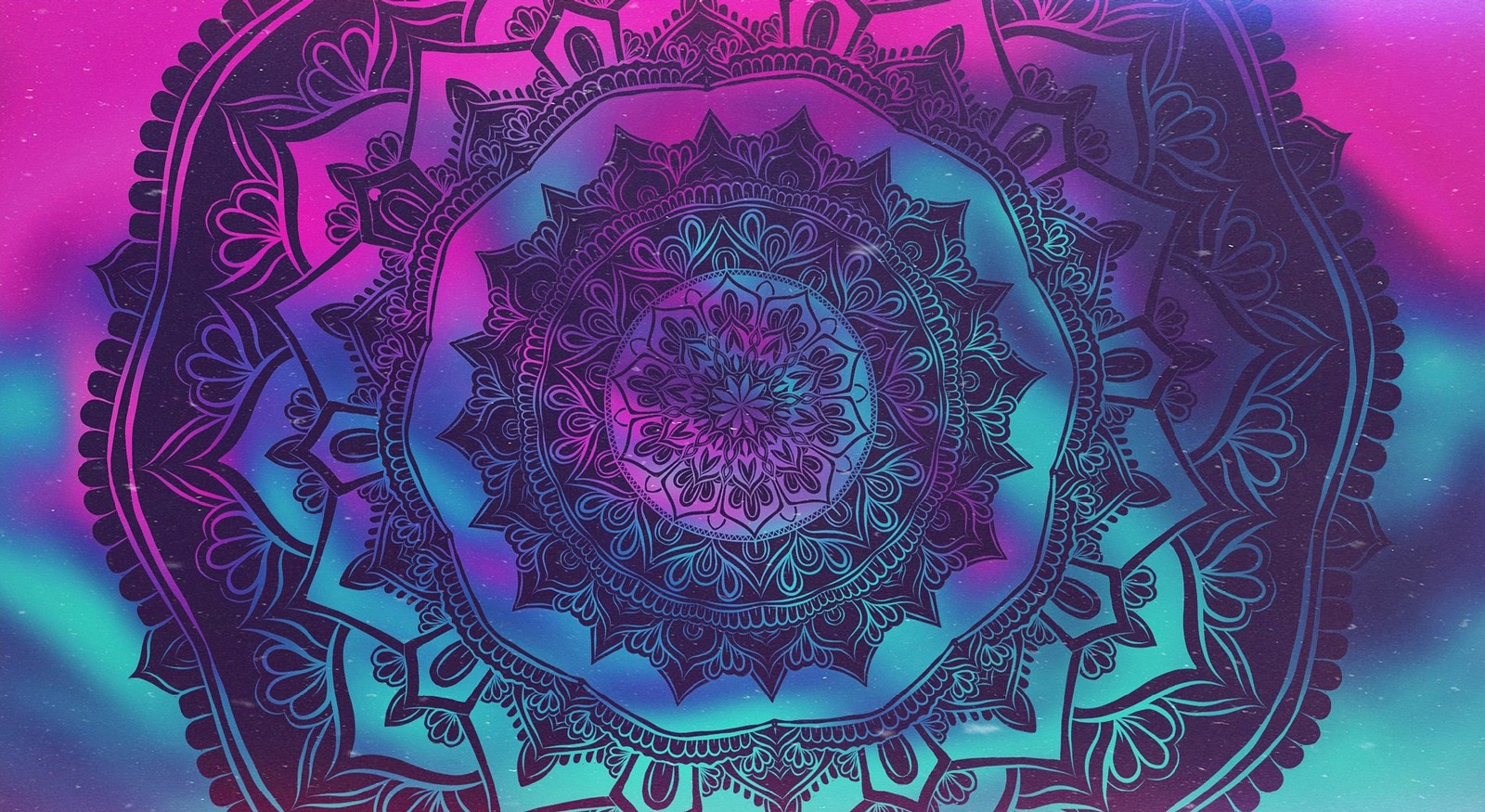Last Updated on October 4, 2022 by Avia
What do you think of when you see a blue wall? Now, imagine that same wall but in light pink. Now, how does that wall make you feel? Colors can influence how you feel, the energies in a room, even your personality. In truth, the cultural meaning of colors changes according to various views and traditions around the world. In other words, colors have meaning and symbolism behind them, yet this meaning often changes depending on the culture and where you are in the world.
Influences of the Cultural Meaning of Colors
Knowing what colors mean and symbolize in different cultures is very important. It can be used in company branding and marketing strategies, as many brand strategists make use of color psychology to make their advertisements more appealing. Understanding the cultural meaning of colors can also help gain a greater understanding of different people and their traditions around the world.
Furthermore, the symbolism and meaning of colors can also have more esoteric and spiritual meanings as well. The meaning of colors in different cultures comes in different forms according to spiritual practices, including mystical pursuits and rituals. Read further to explore the different meanings of colors throughout the world.
Cultural Meaning of the Color Red

Red is a color that is bright, bold, and is recognized by most cultures universally as a color of life.
“Red is the color of our blood that courses through our veins, uniting us all as one.”
Irene Tomita
In the West, the color red represents sexual love, passion, excitement, and even danger. It’s used in most countries to signify stop in traffic lights and stop signs. Red is seen as powerful and sexy.
In China, red signifies good luck, happiness, good fortune, and prosperity. This color is also traditionally worn by brides as a blessing of a fortuitous and joyful wedding.
Conversely, in South Africa, red is associated with mourning. In this region of the world, the color red signifies sacrifice, and the color red in the South African flag symbolizes the violence suffered during raging conflicts for freedom and human rights.
Orange Color Meaning in Cultural Views

This color is the easiest to see in dim light, making it the obvious choice for life vests, rafts, and buoys. So you could say, it is symbolic of safety or protection.
Most Westerners recognize the color orange to indicate warmth and comfort. This is likely due to the color’s association with the sun.
Orange brings the harvest to mind and paired with black, you have Halloween colors. Halloween, or All Hallow’s Eve, is known as the time where the veil between worlds is the thinnest. Orange represents the warmth of life while black represents death.
Orange is also associated with frivolity and amusement. Clowns often wear orange, and the god Bacchus is often depicted in orange robes. In fact, the ancient Greeks and Romans crushed marigold flowers to create a bright paste and painted themselves during festivals such as Bacchanalia and Floralia – both of which celebrate life.
In Eastern countries, especially where Buddhism is practiced, orange is worn by Buddhist monks, as the color is associated with what is holy and sacred. In this cultural view, the color orange represents dignity, strength, wisdom, and devotion.
The Cultural Meaning of the Color Yellow

In the East, yellow is a protective color. It is thought to ward off evil spirits and is symbolic of sacred energy. It is sometimes used in funerary rituals as a sign of honoring the dead.
According to journalist Irma Padilla, Yellow is often associated with spontaneity in the West. Furthermore, it is associated with energy and vitality. Conversely, some areas of Europe and North America view the color yellow as a sign of cowardice, greed or duplicity.
Yellow in Polynesia is considered to be sacred as it’s thought to be the color of divine essence. In local languages, yellow shares its name with the Curcuma longa plant, which is thought to be the “food of the gods”.
Green Meaning in Various Cultures

This hue is largely associated with luck, fertility, wealth, and prosperity in Western cultures. Green means go and traffic lights turn green when cars can go through them. In many Western metaphysical beliefs, the color green symbolizes health, wealth, and growth.
In the East, the color green is used in Feng Shui to represent feminine balance. The color represents life-affirming sentiments such as balance, healing, tranquility, nurturing growth.
Ireland is called the ‘Emerald Isle’ due to its lush, green countryside. In Irish folklore, green is associated with magical beings. There is an Irish legend that leprechauns pinch those who don’t wear green on St. Patrick’s Day, a day that celebrates the country’s foremost patron saint.
The Color Blue Cultural Meaning

This color transcends cultural boundaries, and its most prominent meaning cross-culturally is calmness. It is a soothing, pleasing color. Blue is often used in spiritual and alternative healing practices to promote healing. It has a calming effect and uplifting effect. In fact, blue is the number one color used in marketing and advertising in the West for its appealing effects on consumers.
Blue also has a significant religious meaning. The Nazar, or the Evil Eye, is a blue glass bead. It’s been traced back to ancient Egypt, and the god Osiris, whose followers believed his eye had protective powers. Today people in Turkey, Greece, Pakistan, and other countries believe it wards off evil.
Purple Meaning in Various Cultures

In the West, purple represents royalty, magic, mystery, and religious faith. It was very expensive to make and buy. As it became worn by the ruling class, especially in England its association with holiness became known.
In other European cultures, such as Italy, the color represents mourning or sadness. For example, it’s considered bad luck to wear purple to an Italian opera.
The Cultural Meaning of White

White is made up of all the colors on the spectrum and symbolizes purity and neutrality in Western cultures. However, in Asian cultures, it symbolizes death and mourning. It is also the color of ghosts and phantoms in many cultural beliefs.
The Meaning of Black

Resulting from the absence or complete absorption of visible light, this color in Europe and North America is often associated with mourning, magic, secrets, death, mysteries, and the unknown.
In India, black is the color of protection against evil. A black dot is often painted under a person’s chin or behind their ears to protect against evil.
Conclusion About Cultural Meaning of Colors
Color symbolism varies from culture to culture. And understanding the cultural meaning of colors is a great way to broaden your perspectives and learn more about different beliefs in various areas of the world.

Author’s Bio: George J. Newton is a business development manager at Write my research paper and Ph.D. Kingdom. Married for ten years, he also writes for Do My Coursework and other organizations.

